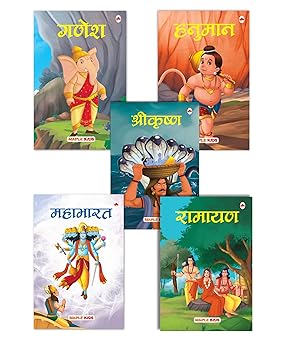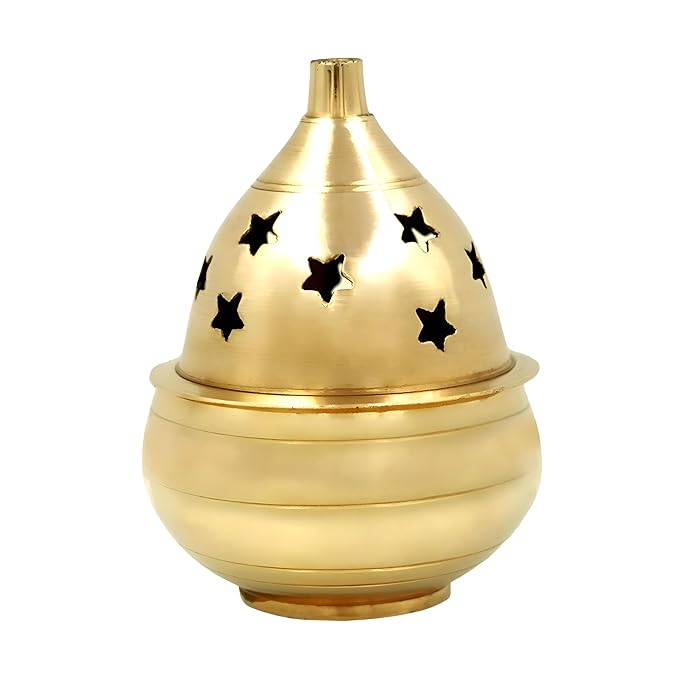परिचय:
करवा चौथ एक प्रमुख हिन्दू पर्व है जो मुख्यतः भारत की विवाहित महिलाओं द्वारा मनाया जाता है। यह पर्व कार्तिक मास की पूर्णिमा के चौथे दिन आता है। महिलाएं अपने पति की लंबी उम्र और सुख-समृद्धि के लिए सूर्योदय से चंद्र दर्शन तक उपवास करती हैं।
करवा चौथ का महत्व:
यह पर्व विवाहित जोड़ों के बीच प्रेम, समर्पण और वफादारी का प्रतीक है। यह महिलाओं के अपने पति के स्वास्थ्य और लंबी उम्र के प्रति स्नेह को दर्शाता है।
करवा चौथ की पूजा और रस्में:
-
सर्वप्रथम सर्गी: महिलाएं सूर्योदय से पहले जागकर सर्गी खाती हैं, जो प्रायः सास द्वारा दी जाती है।
-
दिनभर उपवास: पूरे दिन महिलाएं भोजन और जल से परहेज करती हैं। वे पूजा, कथा वाचन और ध्यान में समय बिताती हैं।
-
करवा पूजा: शाम को महिलाएं पारंपरिक पोशाक पहनती हैं, मेहंदी लगाती हैं और सामूहिक पूजा करती हैं।
-
चंद्र दर्शन: चंद्रमा निकलते ही महिलाएं उसे छलनी越 देखकर प्रार्थना करती हैं और उपवास तोड़ती हैं।
लोककथाएं:
-
वीरवती की कथा: वीवती ने अपने परिवार के आग्रह पर व्रत तोड़ दिया, लेकिन उन्हें भगवान कृष्ण का आशीर्वाद मिला।
-
सावित्री और सत्यवान: सावित्री की अडिग भक्ति ने उनके पति को जीवनदान दिलाया।
व्रत रखने के सुझाव:
-
सर्गी में पर्याप्त पानी पिएं।
-
आरामदायक पारंपरिक पोशाक पहनें।
-
दिनभर प्रेम, कृतज्ञता और भक्ति पर ध्यान दें।
निष्कर्ष:
करवा चौथ केवल एक पर्व नहीं, बल्कि वैवाहिक प्रेम और भक्ति का उत्सव है। यह पति-पत्नी के बीच संबंध को मजबूत करता है और दिन को खुशियों और सांस्कृतिक परंपराओं से भर देता है।
Introduction to Karwachauth
What is Karwachauth
Karwachauth is a traditional Hindu festival where married women fast for the longevity and well-being of their husbands.
When is it Celebrated
It is celebrated on the fourth day after the full moon in the Hindu month of Kartik usually in October or November.
Significance of the Festival
The festival symbolizes love devotion and the sacred bond between husband and wife.
Who Observes it
Primarily married women observe this fast praying for their husband’s long life and prosperity.
Modern Relevance
The festival promotes family bonding devotion and cultural continuity across generations.
Rituals and Preparations
Pre-Fasting Preparations
Women wake up early take a holy bath and prepare traditional dishes for the fast.
Decorating Thali
The Karwachauth thali is decorated with diya sindoor roli sweets and a sieve for moon sighting.
Evening Puja
Women dress in traditional attire and perform puja listening to Karwachauth katha and offering prayers to Goddess Parvati.
Fasting Rules
Women observe strict fasting from sunrise to moonrise often abstaining from food and water until moon sighting.
Moon Sighting
After sighting the moon women view it through a sieve and then look at their husbands breaking the fast with water and sweets.
Stories and Legends
Legend of Queen Veeravati
The story narrates Queen Veeravati observing the fast and facing challenges emphasizing devotion and perseverance.
Story of Karva Chauth by Savitri
Savitri’s devotion to her husband Satyavan showcases the power of love and fasting.
Parvati and Shiva Legend
Goddess Parvati observed fasting for Lord Shiva symbolizing marital fidelity and spiritual discipline.
Regional Variations
Different regions have unique Karwachauth customs stories and traditional rituals.
Symbolism in Legends
Legends teach devotion sacrifice and the significance of fasting for loved ones’ well-being.
Fasting Benefits
Spiritual Benefits
Karwachauth fasting enhances concentration devotion and spiritual awareness.
Health Benefits
The discipline of fasting can improve metabolism and promote self-control.
Emotional Bonding
Fasting strengthens marital bonds and reinforces emotional connection between spouses.
Discipline and Patience
Observing the fast cultivates patience self-discipline and resilience.
Cultural Preservation
The practice preserves ancient traditions rituals and values across generations.
Conclusion and Tips
Summary of Karwachauth
Karwachauth is a festival celebrating devotion love and marital fidelity through fasting and prayers.
Preparation Tips
Plan meals thali decoration and evening puja rituals in advance for smooth observance.
Modern Adaptations
Modern families adapt rituals while maintaining core traditions and spiritual significance.
Key Takeaways
Fasting symbolizes love devotion discipline and the sacred bond of marriage.
Final Thoughts
Karwachauth remains a meaningful festival blending devotion tradition and spiritual growth.
Karwachauth is a traditional Hindu festival where married women fast for the longevity and well-being of their husbands.
It is celebrated on the fourth day after the full moon in the Hindu month of Kartik usually in October or November.
The festival symbolizes love devotion and the sacred bond between husband and wife.
Primarily married women observe this fast praying for their husband’s long life and prosperity.
The festival promotes family bonding devotion and cultural continuity across generations.
Women wake up early take a holy bath and prepare traditional dishes for the fast.
The Karwachauth thali is decorated with diya sindoor roli sweets and a sieve for moon sighting.
Women dress in traditional attire and perform puja listening to Karwachauth katha and offering prayers to Goddess Parvati.
Women observe strict fasting from sunrise to moonrise often abstaining from food and water until moon sighting.
After sighting the moon women view it through a sieve and then look at their husbands breaking the fast with water and sweets.
The story narrates Queen Veeravati observing the fast and facing challenges emphasizing devotion and perseverance.
Savitri’s devotion to her husband Satyavan showcases the power of love and fasting.
Goddess Parvati observed fasting for Lord Shiva symbolizing marital fidelity and spiritual discipline.
Different regions have unique Karwachauth customs stories and traditional rituals.
Legends teach devotion sacrifice and the significance of fasting for loved ones’ well-being.
Karwachauth fasting enhances concentration devotion and spiritual awareness.
The discipline of fasting can improve metabolism and promote self-control.
Fasting strengthens marital bonds and reinforces emotional connection between spouses.
Observing the fast cultivates patience self-discipline and resilience.
The practice preserves ancient traditions rituals and values across generations.
Karwachauth is a festival celebrating devotion love and marital fidelity through fasting and prayers.
Plan meals thali decoration and evening puja rituals in advance for smooth observance.
Modern families adapt rituals while maintaining core traditions and spiritual significance.
Fasting symbolizes love devotion discipline and the sacred bond of marriage.
Karwachauth remains a meaningful festival blending devotion tradition and spiritual growth.


